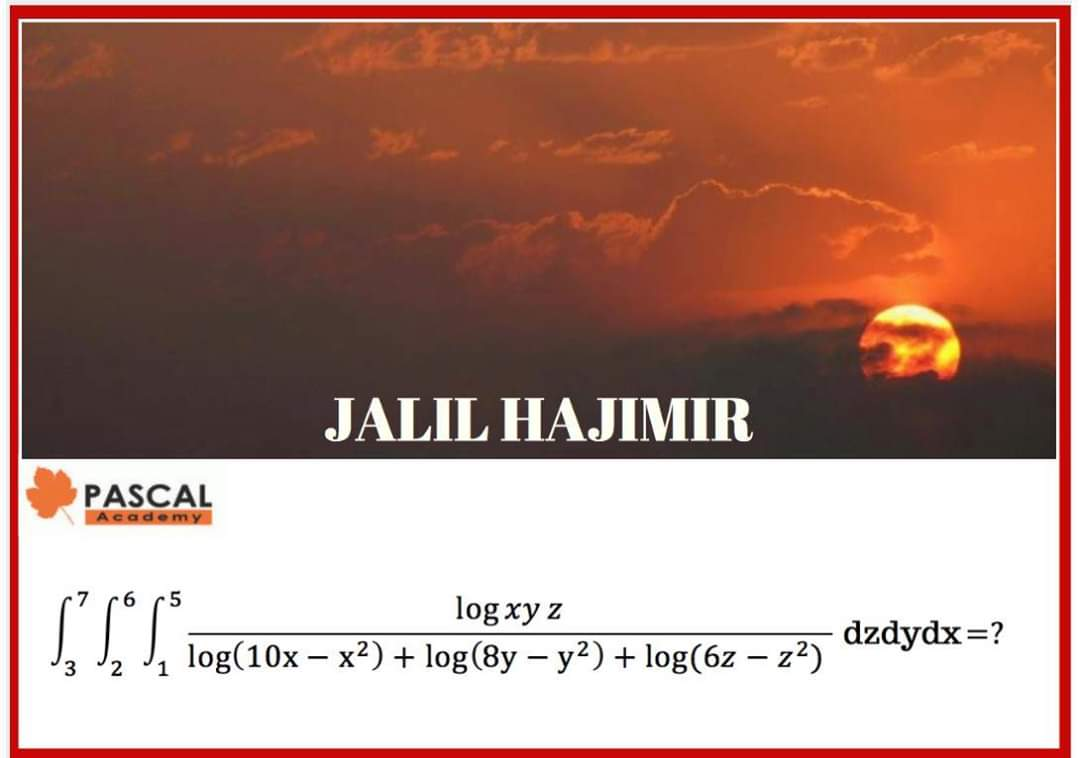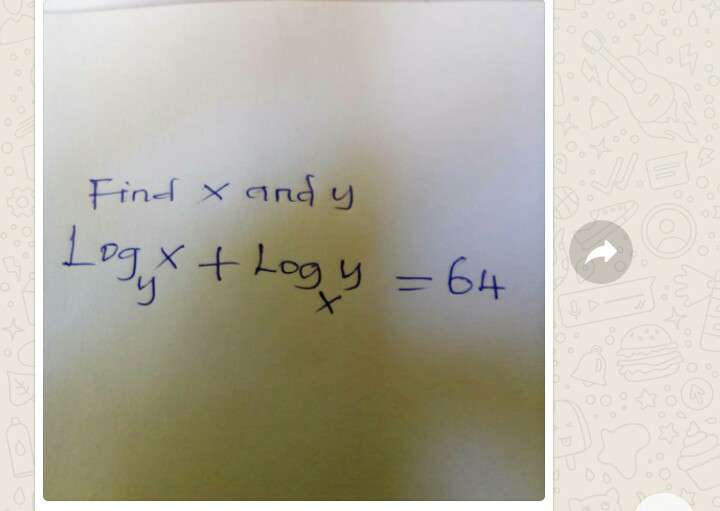
AllQuestion and Answers: Page 1320
Question Number 82276 Answers: 0 Comments: 0

Question Number 82274 Answers: 0 Comments: 0

Question Number 82273 Answers: 0 Comments: 2

Question Number 82390 Answers: 1 Comments: 0
Question Number 82265 Answers: 2 Comments: 0
Question Number 82247 Answers: 1 Comments: 1
Question Number 82245 Answers: 0 Comments: 2
Question Number 82244 Answers: 1 Comments: 2
Question Number 82243 Answers: 1 Comments: 0

Question Number 82232 Answers: 1 Comments: 1

Question Number 82223 Answers: 0 Comments: 1
Question Number 82225 Answers: 0 Comments: 3

Question Number 82191 Answers: 1 Comments: 19
Question Number 82185 Answers: 1 Comments: 2
$$\int\:\frac{{dx}}{\mathrm{sec}\:{x}\:+\:{csc}\:{x}}\:=\:?\: \\ $$
Question Number 82176 Answers: 0 Comments: 3

Question Number 82175 Answers: 1 Comments: 4
Question Number 82174 Answers: 1 Comments: 1
Question Number 82160 Answers: 2 Comments: 0
Question Number 82149 Answers: 1 Comments: 1
Question Number 82139 Answers: 1 Comments: 0
Question Number 82138 Answers: 0 Comments: 1

Question Number 82134 Answers: 0 Comments: 6

Question Number 82131 Answers: 2 Comments: 4

Question Number 82125 Answers: 0 Comments: 5

Question Number 82127 Answers: 0 Comments: 0

Question Number 82115 Answers: 1 Comments: 0
Pg 1315 Pg 1316 Pg 1317 Pg 1318 Pg 1319 Pg 1320 Pg 1321 Pg 1322 Pg 1323 Pg 1324
